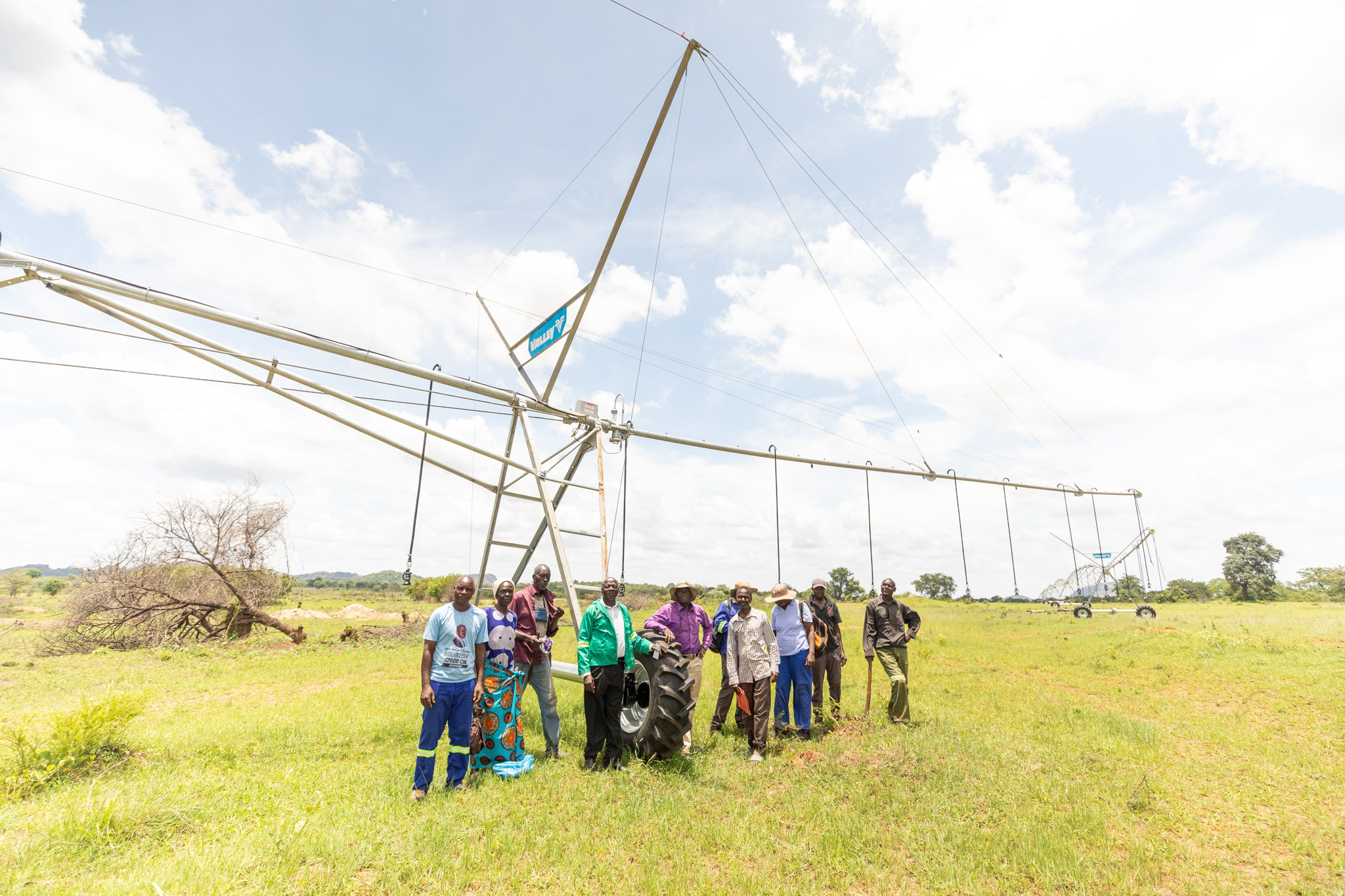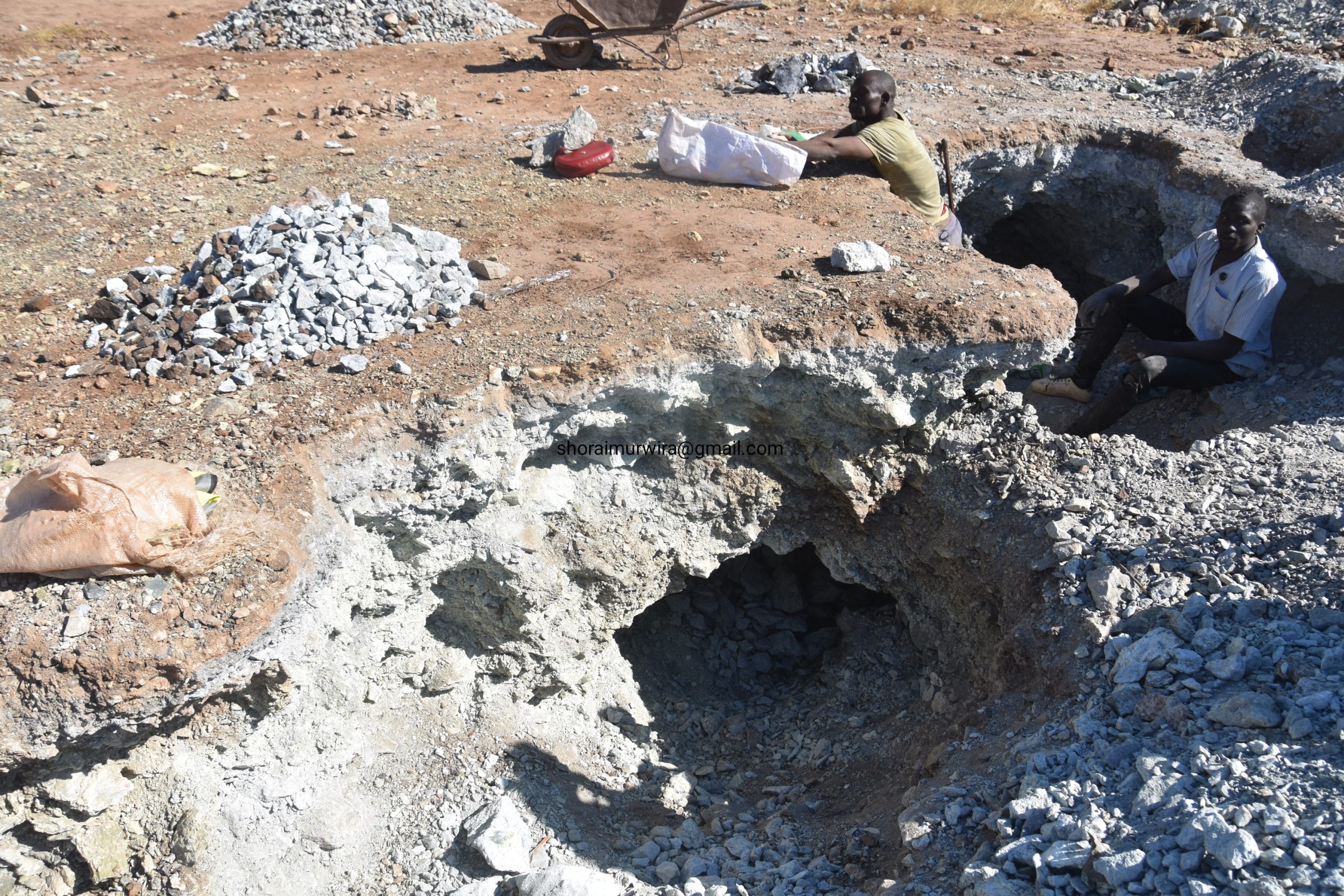More than 300 families are now being fed and economically empowered through the Pikinini Jawanda Irrigation Scheme, a once-barren stretch of bushland that in just one year has become a beacon of sustainable, climate-resilient agriculture in Zimbabwe.
Just a year ago, the land was a dense thicket where the community hunted rabbits and birds to survive. Today, it supports organised agriculture, half of which is already under cultivation.
Farmers have already harvested 19 tonnes of grain and earned close to USD 4,000 from market sales gains that are now being reinvested to ensure the sustainability of the scheme.
The idea of establishing this irrigation scheme dates back to 1985, after the construction of Manyuchi Dam. But for nearly four decades, the vision remained unrealised due to limited resources.
That changed with the launch of the Climate Resilient Livelihoods (CRL) Project, funded by the Government of Zimbabwe, the Green Climate Fund (GCF) and the United Nations Development Programme (UNDP) — with an investment of nearly USD 1.1 million.
Spanning 156 hectares, roughly the size of 230 soccer fields, the project introduced a raft of climate-smart infrastructure, including a floating pontoon abstraction system on the Manyuchi River. Unlike fixed pumps, this system adapts to fluctuating water levels, ensuring consistent water access even during drought.
To increase water efficiency, over 40% of the land is irrigated using centre pivot systems, while the rest is serviced by semi-portable sprinklers a significant shift from traditional flood irrigation. Supporting infrastructure includes a 1 km power main line, 9,000 metres of pipeline, and a dedicated switch room.
But beyond infrastructure, what truly sets Pikinini Jawanda apart is the extraordinary community ownership.
“We were not going to just sit and wait for the project to do everything for us. Even before the equipment was set up, we began clearing the land ourselves,” said Mr. Chizivano Shava, Chairperson of the Irrigation Management Committee (IMC). “Even though we did not have much, this was our way of contributing to our community’s development.”
Each of the 300 beneficiaries contributed up to 45 days of rotational labour, a collective effort valued at approximately USD 54,000, according to the Zimbabwe National Employment Council Agriculture Rates.
“Everyone had a role,” added Mr Shava. “The young cut down large trees, while older women and men followed behind clearing the land.”
Farmers also took charge of fencing the land. Half of the 6.3 km required has already been secured, with tree branches temporarily closing gaps to prevent delays in production.
Under the technical guidance of Agricultural Extension Officer Mr. Jonah Bukuvani, the scheme is growing into a model of community-led development. Beyond food security, it has attracted contract farming opportunities, including a deal with a private seed company for sugar bean seed production.
“Pikinini Jawanda beneficiaries are easy to work with because there is inclusive planning, and all decisions are publicly endorsed. This has helped us avoid conflict,” said Mr Bukuvani.
Through CRL Project trainings, farmers have gained skills in governance, water management, costing, and financial literacy. “I’m grateful for the training; they’ve added real value to what we do,” said Mr Bukuvani. “My role is now to keep reinforcing those lessons internally.”
Sustainability is a top priority. The IMC has designated 5 hectares of land specifically for crops that will fund Operation & Maintenance (O&M). A gender-sensitive community security system is in place: women guard the fields by day, men by night — protecting infrastructure and produce alike.
During a recent tour of the scheme, Professor Obert Jiri, Permanent Secretary in the Ministry of Lands, Agriculture, Fisheries, Water and Rural Development, praised the initiative.
“The progress at Pikinini Jawanda is commendable, especially the community’s ownership and commitment. But to grow into a viable agribusiness, farmers need to take bold steps to sustain and scale these gains.”
What started as a local dream is now a story of resilience, innovation, and people powered development safeguarding food security, land, and livelihoods for generations to come









